Goa has always been unique, with its culture, landscape and idiosyncratic architecture. Unlike the British influence in the country, Goa was colonised by Portuguese and shares its similarities to the latter country.
Right from food, clothing, etiquettes to designs, the state carries a part of Portuguese within itself. The Goan streets are embellished with these alluring structures carved by the merge of Indo- Portuguese architecture. This influence makes the elements in the design stand out from the rest of the country.
The distinguishing features being the elaborate premises, pretty roofs, the rooster ornament on the top, decorative windows and doors, house entrance and the most important ‘Name Plaques.’
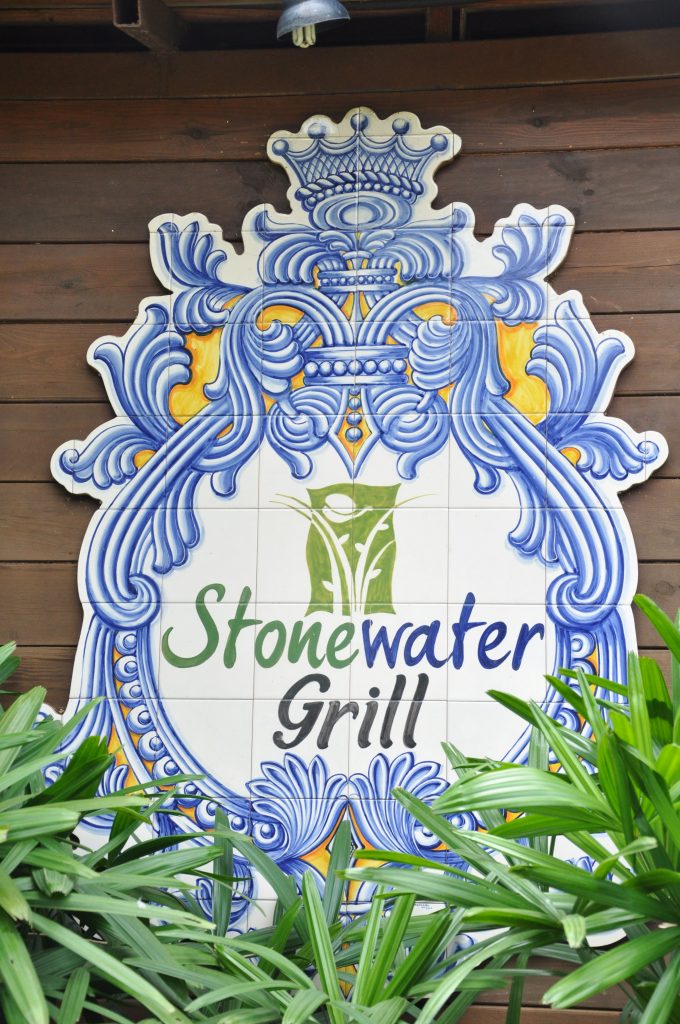
Picture 1: Stone water Eco Resort Vasco Goa
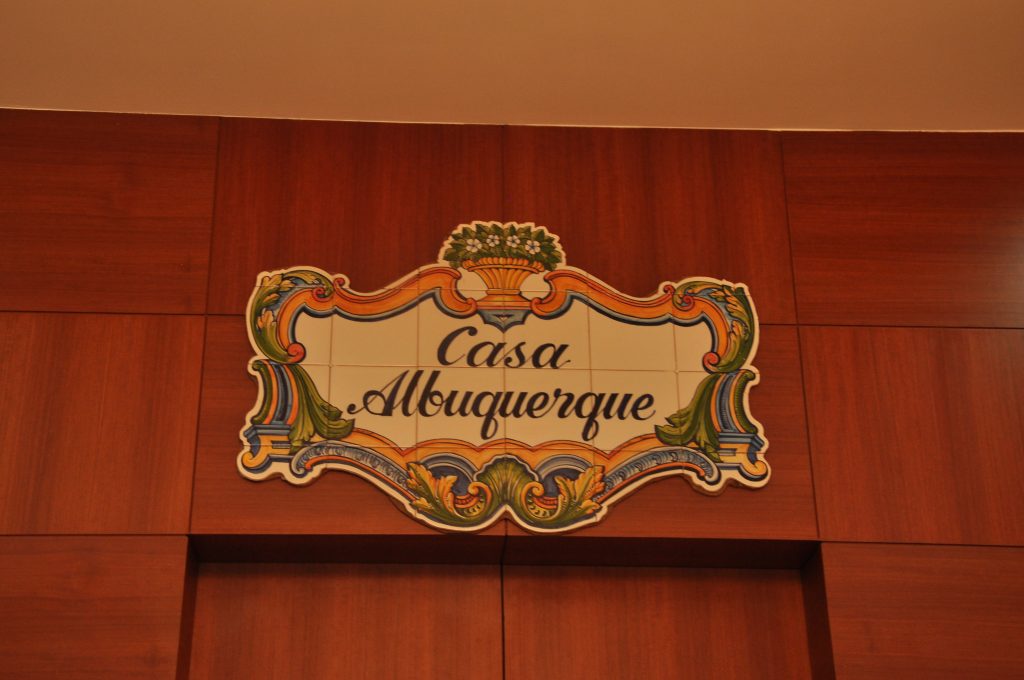
Picture 2: Radisson Blu
What makes Goan Name Plaques special?
They’re handcrafted/hand-painted on ceramic tiles. The uniqueness of the tile is such that some of the houses are known for their nameplates. It’s also said to be a privilege within the society, a sign of social prestige.
If you have or will be visiting Goa, these tiles also known as ‘Azulejos,’ that adorn the entrances of several homes and businesses. Mostly found at the Indo-Portuguese house entrances, doors and gates.
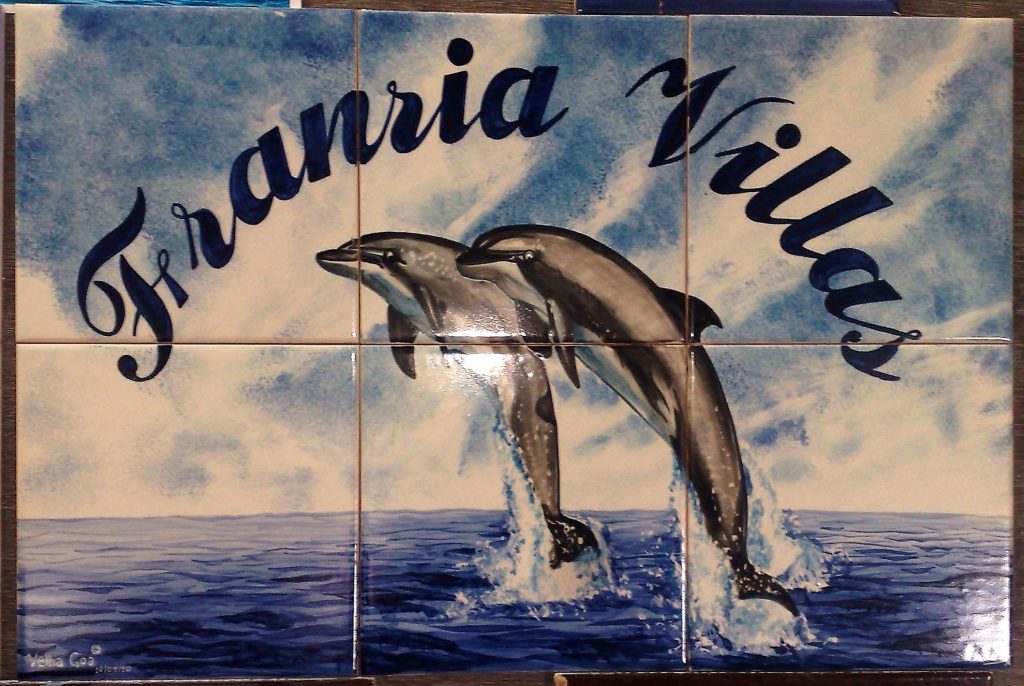
Speciality of these tiles lies in its material and design. These name plaques are made from durable weather-proof ceramic with a gloss finish and they’re very strong and solid. While most plaques are written in Portuguese, some are in English, and they’re painted with decorative elements around it on ceramic tiles.
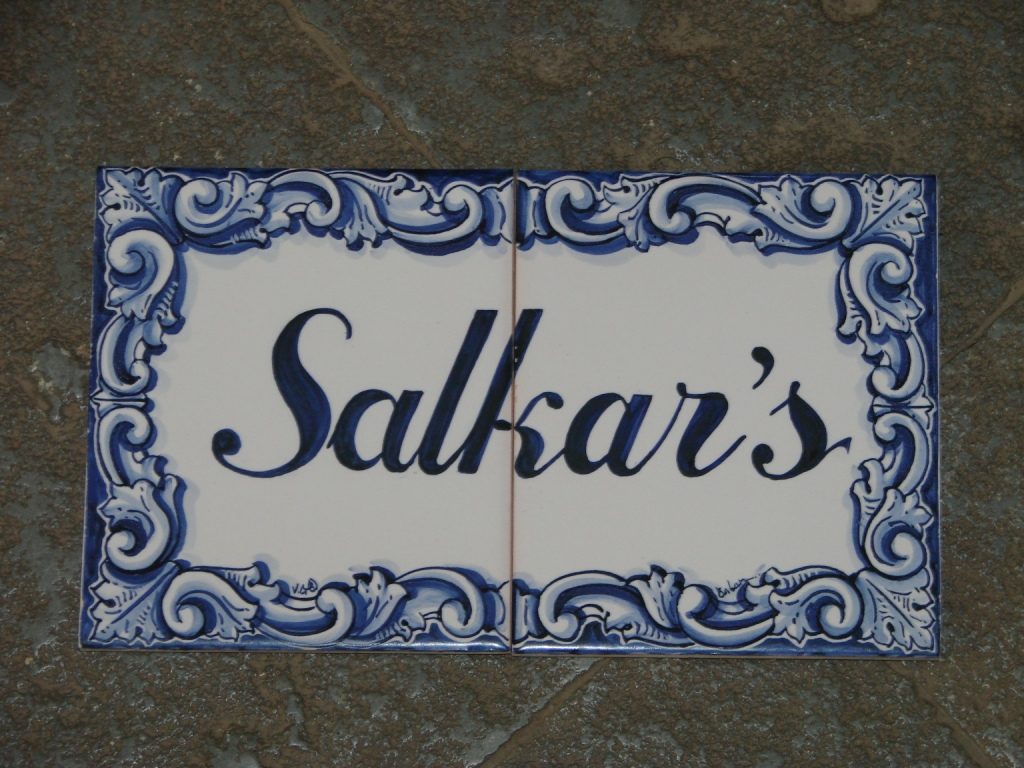
Ceramic Name Plaque
These masterpieces are usually painted on the white background of ceramic tile with the shades of blue (a very common colour combination in traditional Azulejos tiles).
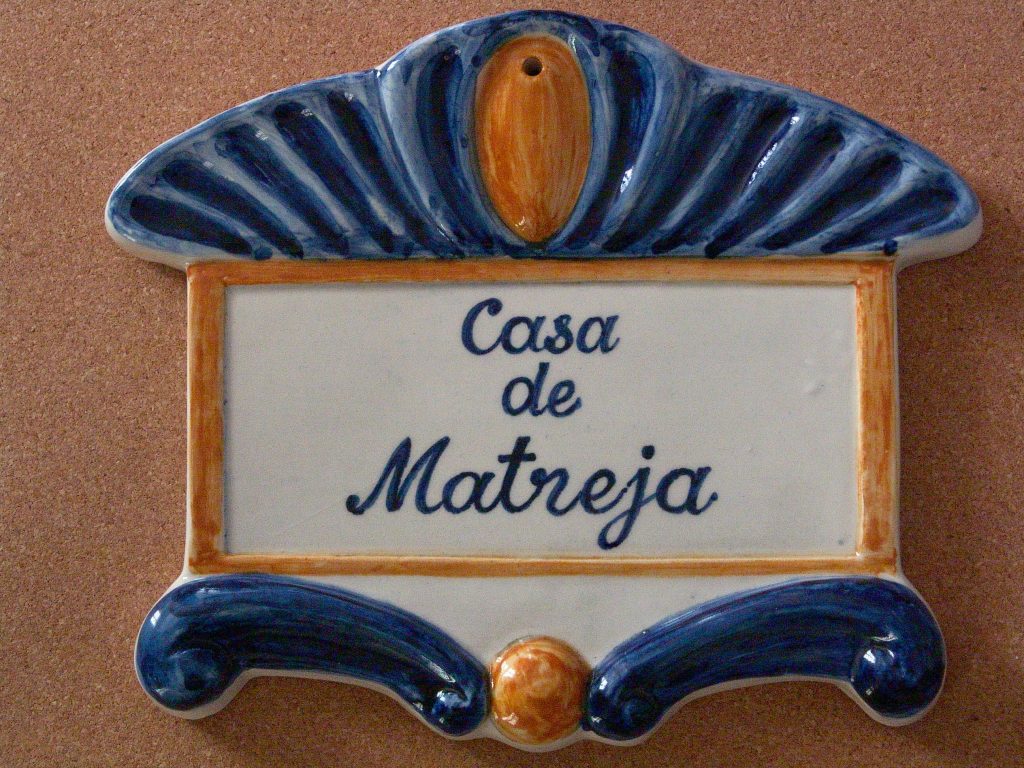
Ceramic Name Plaque
Brief Background
Ceramic tiles are known to be one of the oldest forms of decorative art. Combined with architecture, they have been widely used due to its durability, technical properties and visual richness. Originating from the oldest civilization known to man, Egyptians. They decorated their houses with blue tile bricks in 4th millennium b.c.
Then after centuries these tiles underwent several changes, and one of the art forms it turned into is Azulejos, brought into Portugal by the Moors and then later into all the countries Portuguese colonized.
Then Azulejos emerged in various designs of Goan culture, one of them being name plaques.
These name plaques are calligraphed into the tile giving it a flair of sophistication, almost like engraving new identities for homes. The words spell out the status of the people in the house or the commercial place where the name plaques are hung or embedded in the walls.
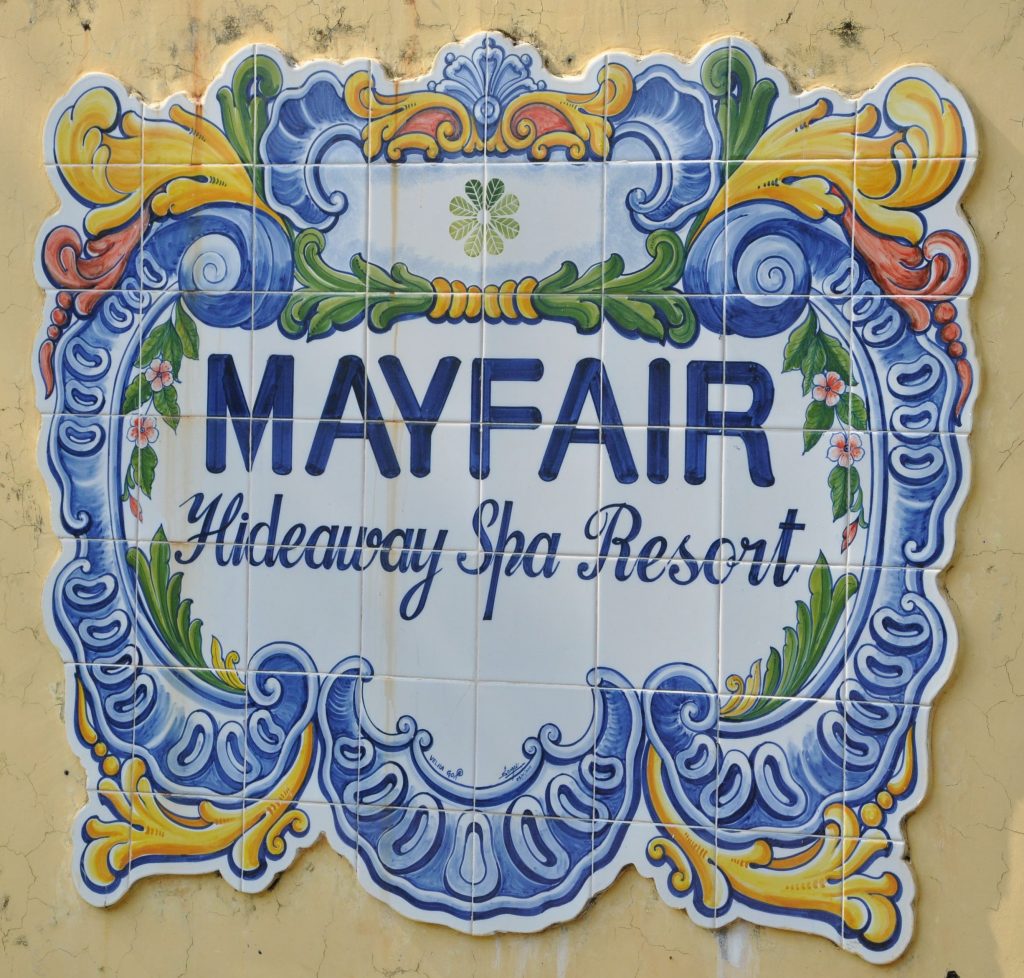
Ceramic Name Plaque
Unfortunately, there are very few artists and institutions left in Goa who create these hand painted nameplates on ceramic tile. Prominent one being Velha Goa, they have managed to salvage the dying art. They have enhanced the city, homes and businesses with Azulejos, preserving the uniqueness of the Goan culture.
If you wish to be a part of this beautiful history and culture, then embed your home with one of these unique Azulejos name plaque.

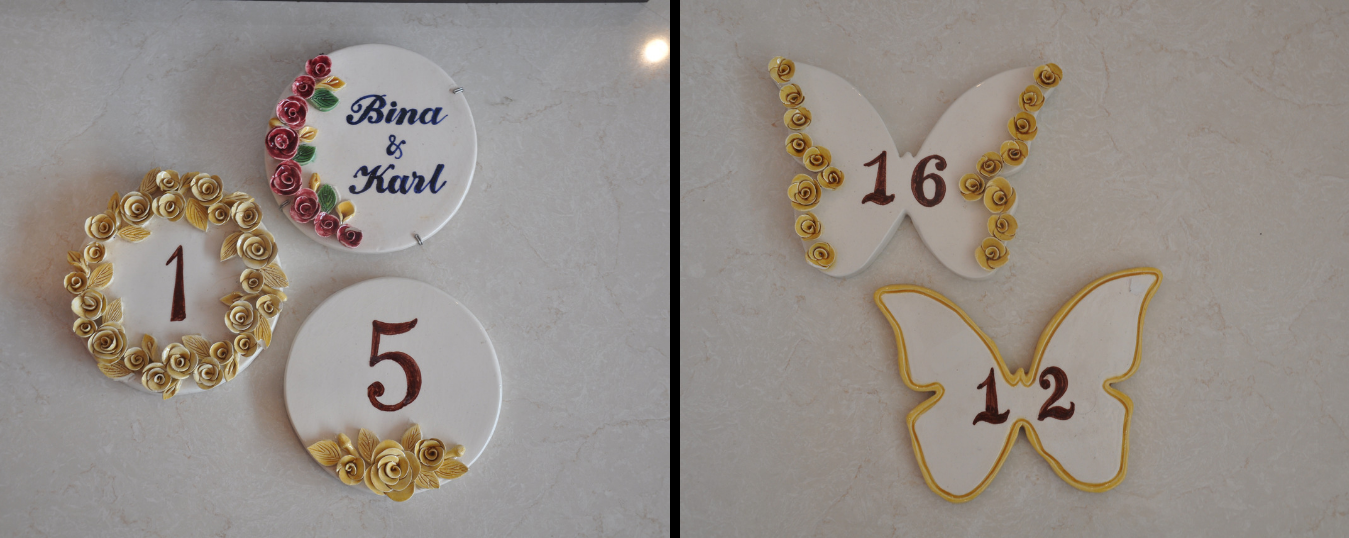
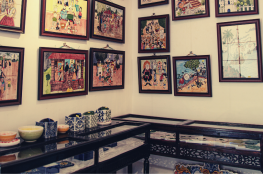
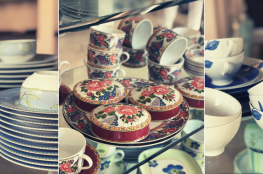
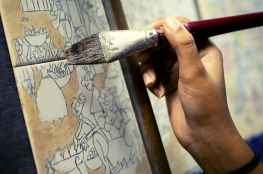
May 8, 2019
I actually wanted to compose a word to be able to thank you for these superb solutions you are giving here. My time intensive internet research has at the end been compensated with reliable content to exchange with my pals. I ‘d suppose that most of us readers actually are unequivocally endowed to be in a fabulous network with very many marvellous individuals with great ideas. I feel really grateful to have encountered your web page and look forward to tons of more awesome times reading here. Thank you once again for a lot of things.